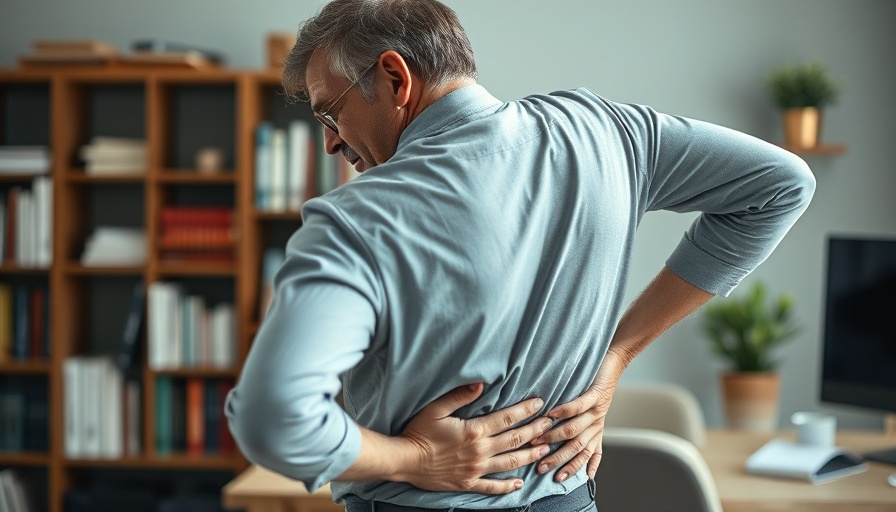
Understanding Non-Drug Treatments for Back Pain
Back pain is a prevalent issue affecting millions across the globe. For individuals like Jason, who find themselves overwhelmed by an abundance of treatment options from chiropractic adjustments to herbal patches, it can be challenging to discern what truly works. In this article, we explore evidence-based non-drug interventions for back pain management, pulling insights from a comprehensive review by the Cochrane Collaboration that encompasses 97,000 cases.
The Importance of Staying Active
For acute back pain, typically defined as pain lasting less than six weeks, the first line of action is surprisingly straightforward: stay active. Contrary to the outdated belief that bed rest is beneficial, research indicates that prolonged inactivity can prolong recovery and exacerbate discomfort. Instead, moving in a controlled manner is encouraged, focusing on gentle stretches and gradual activity to promote healing and functionality.
Exploring the Effectiveness of Treatments
Our review highlights that while responses to treatment may vary, certain approaches can be beneficial depending on the duration and type of back pain experienced:
- Acupuncture: This ancient practice has shown promise in providing relief, particularly for chronic back pain, by promoting blood flow and releasing muscle tension.
- Physical Therapy: Tailored exercises under the guidance of a professional can significantly aid recovery. Therapists often teach patients about proper body mechanics and offer resources for home exercises.
- Cognitive Behavioral Therapy (CBT): Addressing the psychological aspects of pain can also be effective. CBT helps individuals manage pain perception and reduces anxiety associated with chronic conditions.
Alternative Therapies: What Works?
While therapies like chiropractic care, massage, and various technological gadgets (like vibrating massage guns) are frequently promoted, their effectiveness varies widely. Clinical evidence suggests that while they can provide comfort, they should complement, not replace, primary treatment strategies. For instance, massage therapy may provide temporary relief but is not a long-term solution. Therefore, integrating multiple treatment modalities is often the best course of action.
Long-Term Solutions and Future Insights
As we move towards more holistic approaches to pain management, the emphasis is increasingly on individualized treatment plans. Healthcare professionals are urged to engage patients in discussions about their preferences and experiences with different therapies. Notably, staying informed and advocating for oneself remains crucial. The landscape of back pain treatment is shifting towards comprehensive care that involves physical, psychological, and lifestyle considerations.
Your Next Steps for Managing Back Pain
Understanding the evidence surrounding non-drug treatments for back pain enables individuals to make informed choices about their care. Instead of guessing which treatment might work, individuals are encouraged to take a tailored approach. Whether through professional consultations or trying various methods such as acupuncture or physical therapy, active engagement with treatment options can pave the way for significant improvement.
As you explore your options, consider reaching out to healthcare practitioners who prioritize non-drug treatment modalities. Incorporating this approach not only addresses the physical aspects of back pain but also encompasses emotional and psychological support, thereby promoting holistic healing.
 Add Row
Add Row  Add
Add 




Write A Comment